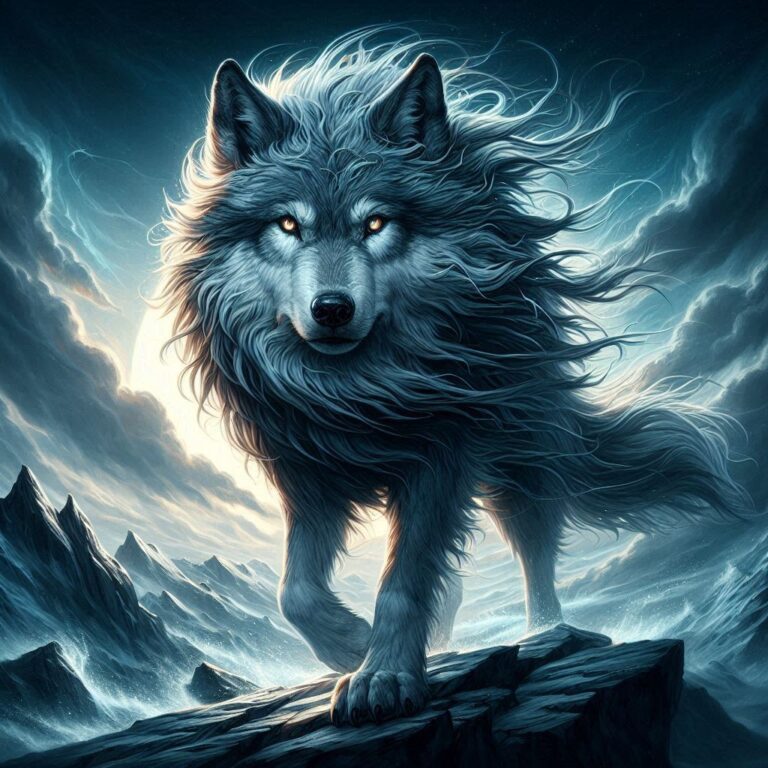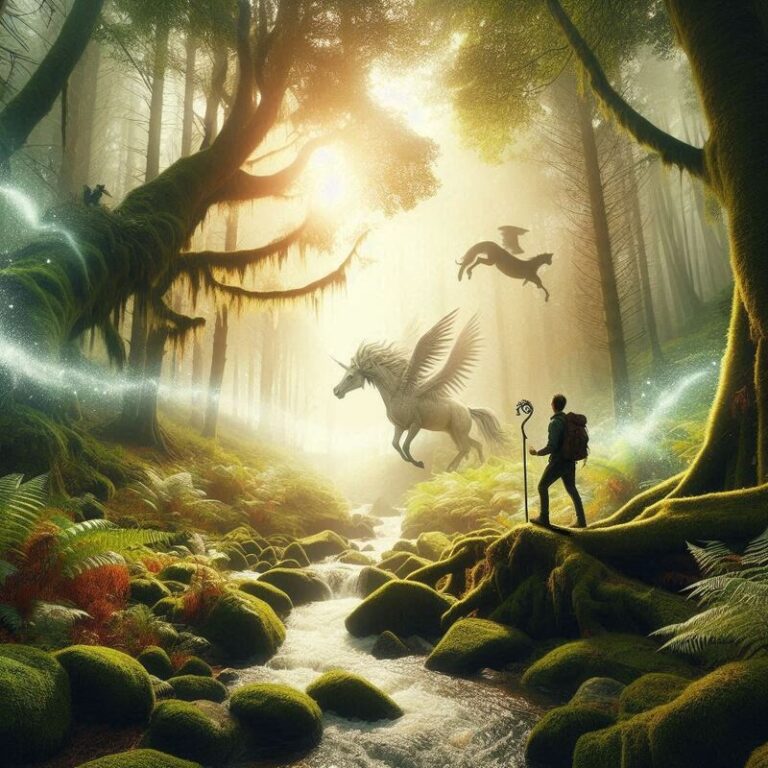Mythic Beasts and Natural Wonders
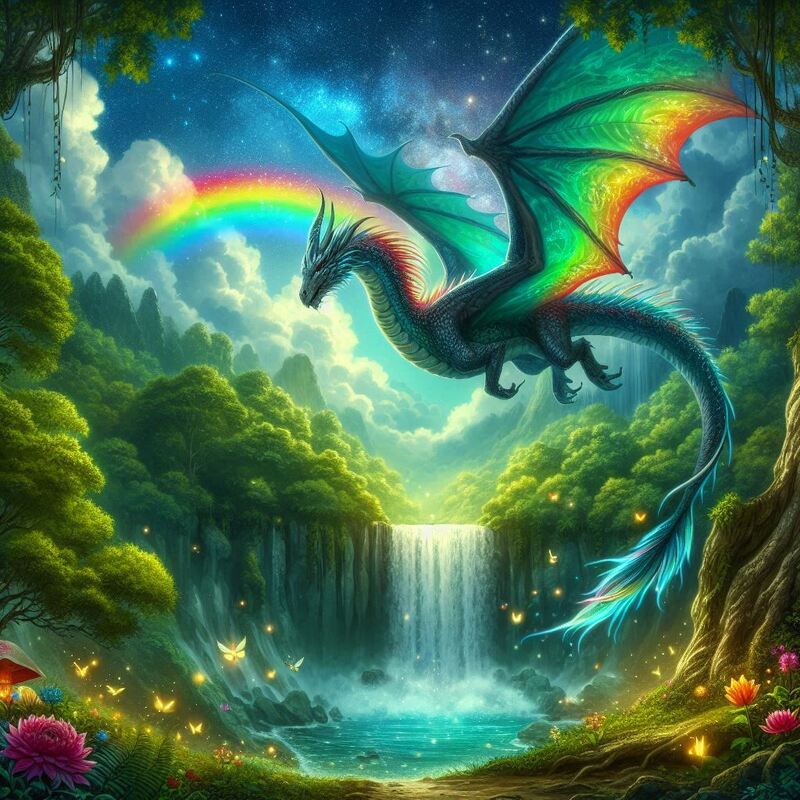
Mythic Beasts and Natural Wonders
Mythic Beasts and Natural Wonders: Legends That Inspire
Throughout history, humanity has sought to understand and explain the natural world through storytelling. Myths and legends featuring animals and natural phenomena are a testament to our ancestors’ deep connection with the environment. These stories, passed down through generations, not only entertained but also educated, conveyed moral lessons, and reflected the cultural values of their times. The tales of mythic beasts and natural wonders continue to inspire us today, reminding us of the awe-inspiring power and beauty of nature.
The Majestic Dragon: A Symbol of Power and Wisdom
Mythic Beasts and Natural Wonders
One of the most enduring mythic beasts is the dragon, a creature that appears in various forms across cultures. In Western mythology, dragons are often depicted as fearsome, fire-breathing beasts that hoard treasure and guard ancient secrets. These dragons symbolize chaos, danger, and the challenges that heroes must overcome. The legend of Saint George and the Dragon, for example, embodies the triumph of good over evil, with the dragon representing a formidable obstacle that must be vanquished.
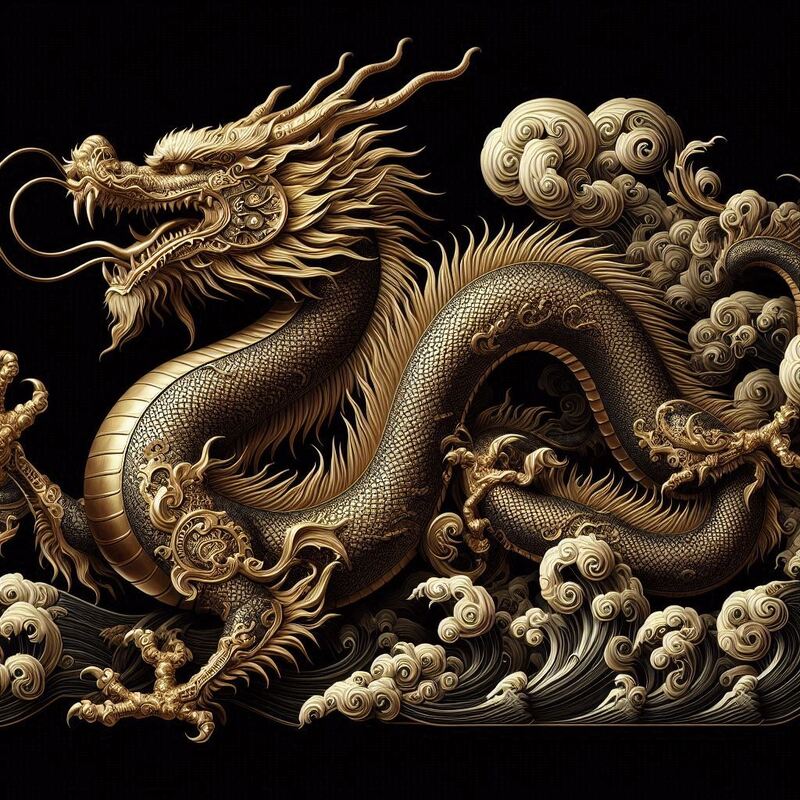
In contrast, Eastern mythology portrays dragons as benevolent and wise. In Chinese culture, dragons are revered as symbols of power, strength, and good fortune. They are believed to control water and weather, essential elements for agriculture and prosperity. The Dragon Dance, performed during the Chinese New Year, celebrates these auspicious qualities, invoking the dragon’s blessings for the coming year.
The dual nature of dragons in mythology—both destructive and protective—highlights the complex relationship humans have with nature. Dragons remind us that the natural world is both awe-inspiring and unpredictable, deserving of respect and reverence.
The Cunning Fox: A Tale of Intelligence and Adaptability
Mythic Beasts and Natural Wonders
The fox is another animal that features prominently in myths and legends around the world. Known for its intelligence and cunning, the fox often appears as a trickster figure. In Native American folklore, the fox uses its wits to outsmart larger and more powerful animals. These stories emphasize the value of cleverness and resourcefulness, teaching that intelligence can be more powerful than brute strength.
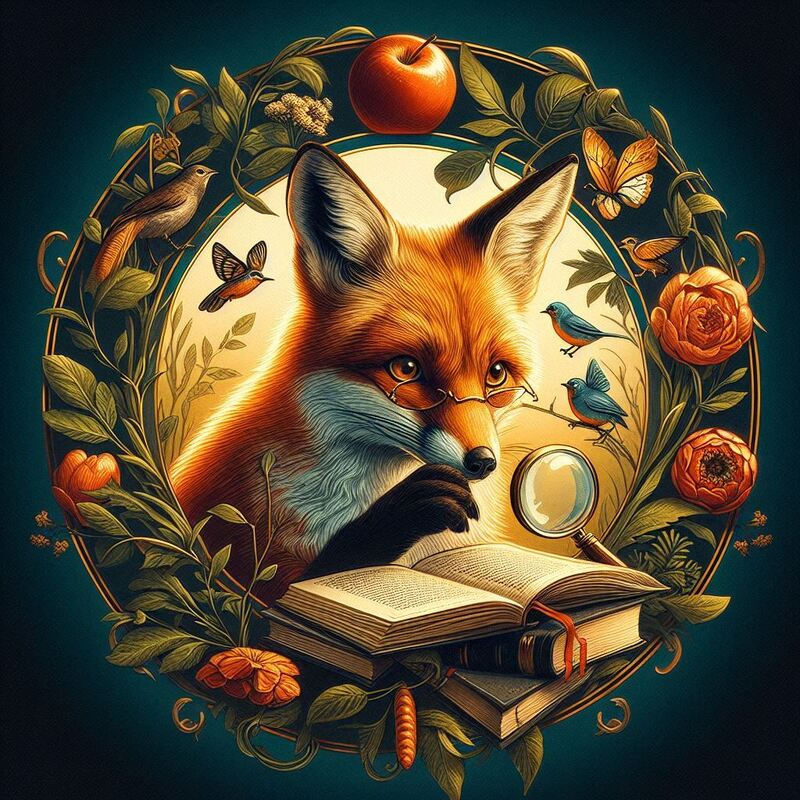
Japanese folklore also features the fox, or “kitsune,” as a shapeshifter with magical abilities. Kitsune are believed to possess great wisdom and longevity, and they often play roles as both protectors and deceivers. Some legends describe kitsune as loyal guardians who use their powers to help humans, while others depict them as mischievous tricksters who enjoy playing pranks.
The fox’s role in mythology underscores the importance of adaptability and cunning in overcoming challenges. These stories inspire us to use our intellect and creativity to navigate the complexities of life.
The Wise Owl: A Symbol of Knowledge and Mystery
Mythic Beasts and Natural Wonders
Owls have long been associated with wisdom and mystery, appearing in myths and legends across different cultures. In ancient Greek mythology, the owl was the symbol of Athena, the goddess of wisdom and warfare. The presence of an owl was believed to signify her protection and guidance. Owls were revered for their ability to see in the dark, symbolizing the pursuit of knowledge and the uncovering of hidden truths.
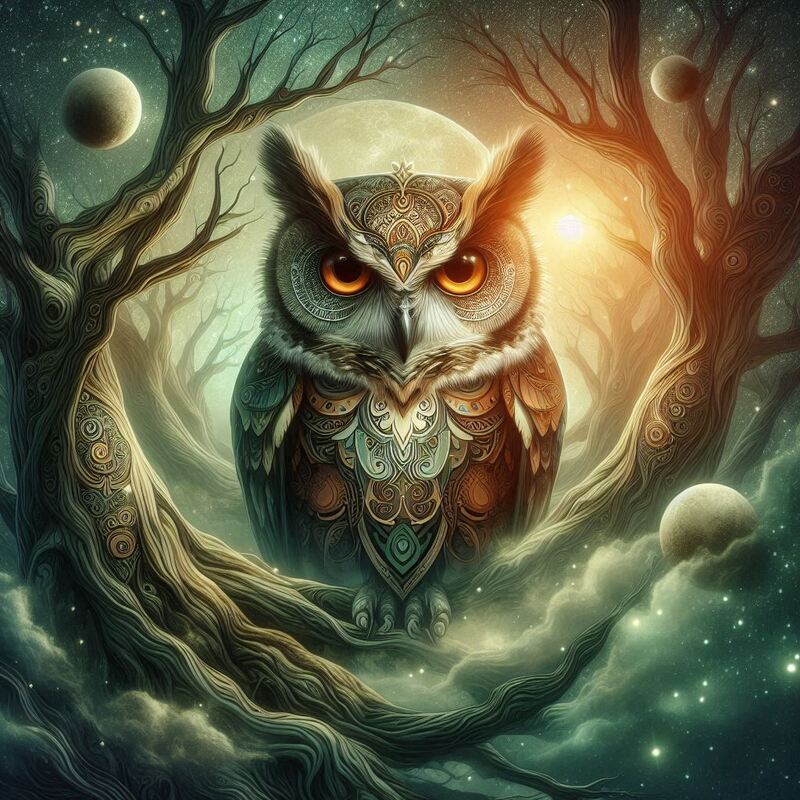
In Native American cultures, owls are often seen as messengers or omens. The appearance of an owl can signify important changes or the presence of spiritual forces. While some tribes view owls as harbingers of death, others see them as guides who offer protection and insight.
The duality of the owl in mythology reflects humanity’s quest for knowledge and the recognition that wisdom often comes with a sense of mystery and the unknown. Owls inspire us to seek understanding and embrace the unknown with curiosity and respect.
The Noble Eagle: A Beacon of Strength and Freedom
Mythic Beasts and Natural Wonders
Eagles are universally recognized as symbols of strength, freedom, and vision. In Native American mythology, the eagle is revered as a sacred messenger that carries prayers to the Creator. The eagle’s ability to soar high above the earth symbolizes spiritual ascension and a broader perspective on life. The eagle’s feathers are considered powerful symbols of honor and respect, often used in important ceremonies and rituals.
![]()
In Greek mythology, the eagle is associated with Zeus, the king of the gods. The eagle was believed to be a divine messenger that could travel between the mortal world and the realm of the gods. This connection further emphasizes the eagle’s role as a symbol of power and authority.
The majestic flight of the eagle inspires us to rise above our challenges and strive for greatness. The eagle’s keen vision reminds us to maintain clarity and focus in our pursuits.
The Serene Deer: A Symbol of Grace and Gentleness
Mythic Beasts and Natural Wonders
Deer are often depicted as gentle and graceful creatures in myths and legends. In Celtic mythology, the deer is associated with the Otherworld and is considered a guide that can lead humans to magical realms. The white stag, in particular, is a symbol of purity and the pursuit of spiritual enlightenment. Chasing the white stag represents the journey toward personal growth and self-discovery.
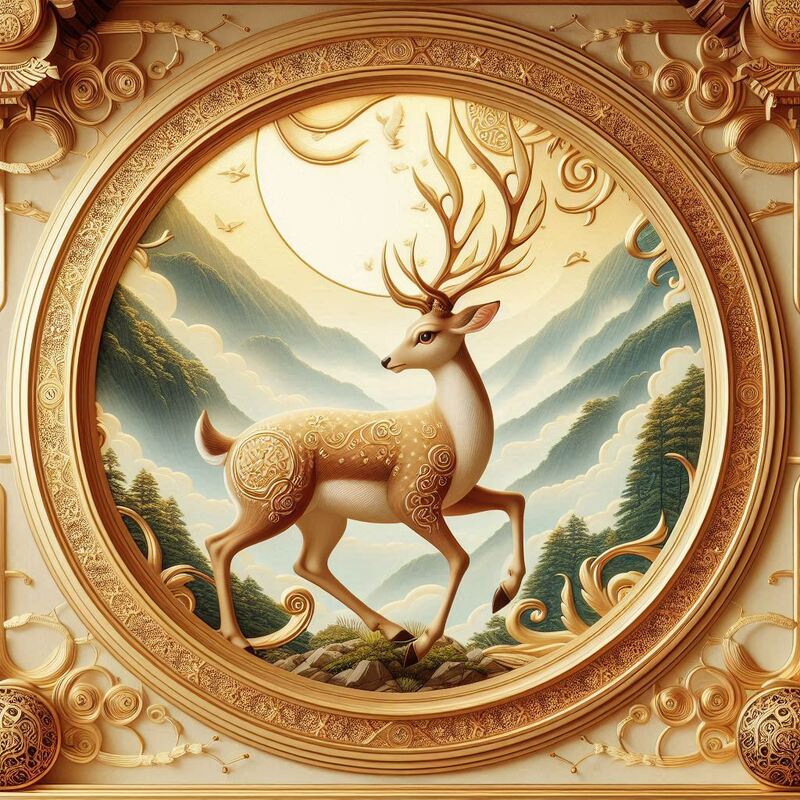
In Buddhist tradition, the deer symbolizes harmony, peace, and longevity. The deer is one of the Eight Auspicious Symbols in Buddhism, representing the teachings of Buddha and the path to enlightenment. The image of a deer quietly grazing in a forest evokes a sense of tranquility and connection with nature. Mythic Beasts and Natural Wonders
The deer’s presence in mythology teaches us the value of gentleness, grace, and the importance of a harmonious relationship with the natural world. It inspires us to seek peace and balance in our lives.
The Enigmatic Serpent: A Dual Symbol of Creation and Destruction
Mythic Beasts and Natural Wonders
Serpents are among the most enigmatic creatures in mythology, embodying both creation and destruction. In many cultures, serpents are associated with rebirth and renewal due to their ability to shed their skin. In ancient Egyptian mythology, the serpent is linked to the god Ra and represents the cyclical nature of life and the eternal struggle between order and chaos.
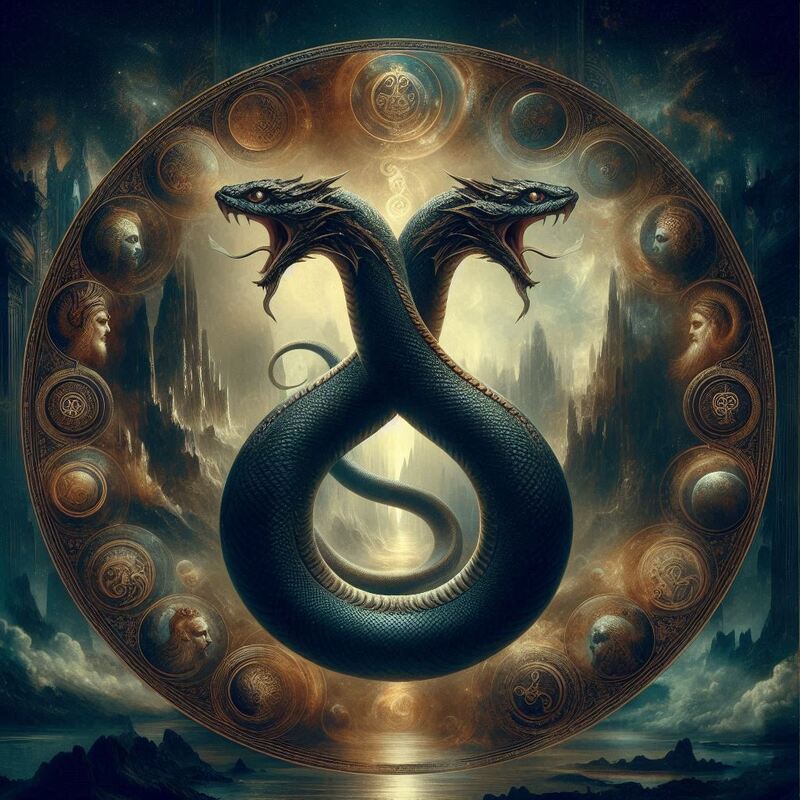
In Hindu mythology, the serpent is revered as a powerful and sacred being. The naga, a serpent deity, is considered a protector of springs, wells, and rivers. The Kundalini serpent, coiled at the base of the spine, symbolizes latent spiritual energy that can be awakened through meditation and spiritual practice.
Conversely, in Judeo-Christian tradition, the serpent is often viewed as a symbol of temptation and evil, as seen in the story of Adam and Eve. This duality highlights the complex nature of serpents as both creators and destroyers.
The serpent’s role in mythology reminds us of the constant interplay between creation and destruction in the natural world. It encourages us to embrace transformation and understand that change is an integral part of life.
Conclusion
The myths and legends of mythic beasts and natural wonders offer a rich tapestry of stories that reflect humanity’s deep connection with nature. These tales, filled with powerful symbols and timeless lessons, continue to inspire and resonate with us today. Whether it is the dragon’s dual nature of destruction and protection, the fox’s cunning intelligence, the owl’s mysterious wisdom, the eagle’s majestic strength, the deer’s graceful serenity, or the serpent’s dual role of creation and destruction, these mythic beings remind us of the beauty, complexity, and wonder of the natural world. They encourage us to respect and revere nature, to seek wisdom and balance, and to find inspiration in the stories that have shaped our understanding of the world.

